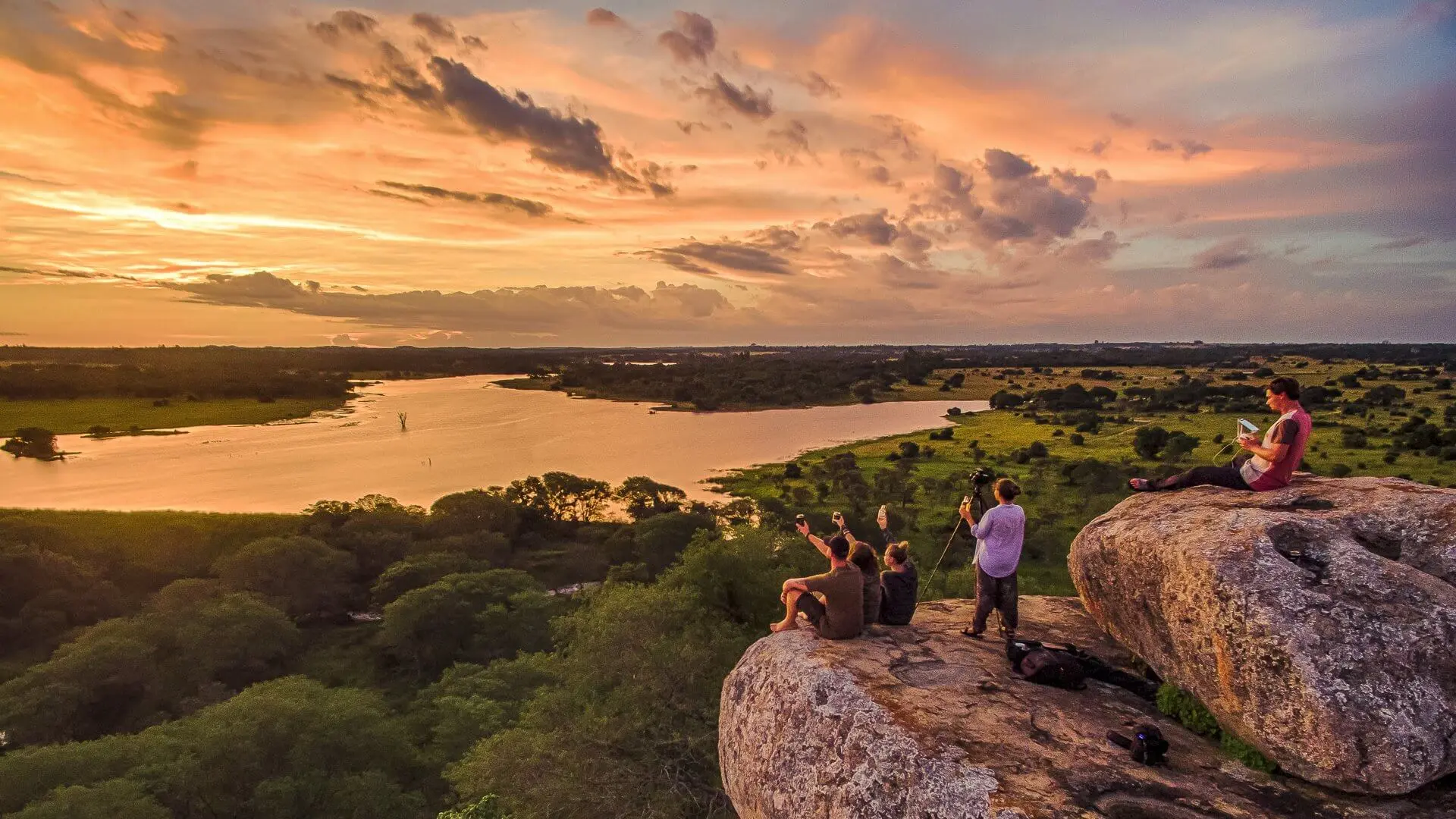Unexpected Enthusiasm From a Wildlife Photographer Volunteer!
Our Wildlife Photography & Conservation Project in the Greater Kruger Area provides the unique opportunity to witness the iconic African Big 5, while developing valuable skills in capturing their beauty through the lens. However, it's not just the Big 5 that provide exceptional photographic opportunities; as volunteer, Fredy experienced while on project!


The Dream Destination for Wildlife Photography
I have arrived in the destination where my dream of wildlife photography is coming true. South Africa is a country with many interesting facets and is known all over the world for its wildlife. Everyone wants to find the Big Five and take a beautiful photo of them. My anticipation was also strongly related to these five animals. Most of all the big cats, the leopard and the lion. We were able to photograph the lions three times and so far we have only found the tracks of the leopard. It would certainly be nice if we could photograph the leopard as well. Surprisingly, however, I have been fascinated by a whole animal species in the last four weeks. And that is the variety of birds! From very small ones to beautiful coloured ones to the magnificent birds of prey, Africa has everything to offer bird lovers.
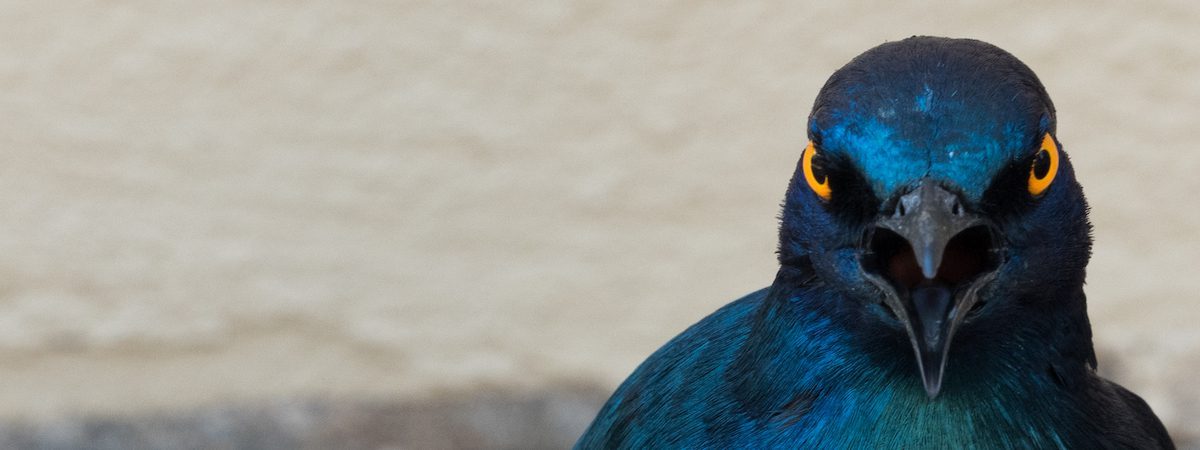
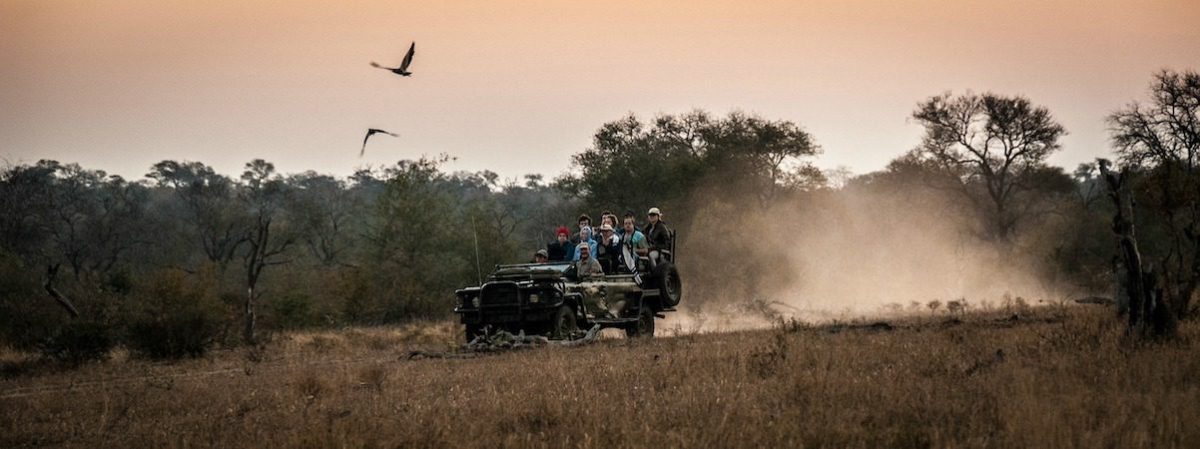
A bird lover's paradise
In total, the bird list includes several species, of which 98 are exclusively endemic to South Africa (distributed in a limited area) and 80 are near-endemic. Due to human impact and the associated habitat changes or habitat loss, more and more species are considered threatened. South Africa has three species that are critically endangered and those that are at very high risk of extinction in the near future. 18 species are endangered, 28 are vulnerable to being placed on the endangered list and 36 are near threatened.
The effort to protect these species can be high and expensive. I would like to show why it is so difficult to document the populations of birds.


Documenting these creatures doesn't come easy
Unlike large land animals, birds do not leave tracks in the ground or sand. If you find tracks of a lion, for example, you can estimate when and how many have passed by. This is not the case with birds. You have to spot them directly or know where their nesting site is, for example.
The second difficulty comes with sighting. Birds are very agile animals and are always on the move. Anyone who has ever tried to photograph birds knows what I am talking about. Because of the fast movements, you often need binoculars or a camera with a large lens to identify the species. Many species travel long distances in a short time. You never know when they will appear and how quickly they will be gone again. We had a nice experience on this. We were busy photographing an osprey when suddenly a large shadow flew past us. With a curious glance upwards, we discovered a large vulture. As quickly as it appeared, it disappeared again. Luckily we were able to take a photo and identify the species.
The third difficulty I see is that the interest group for birds is smaller than for other animal species. Almost everyone knows that rhinos are endangered. But only very few know which bird species. In many ways, this has made it more difficult to obtain resources or funding.

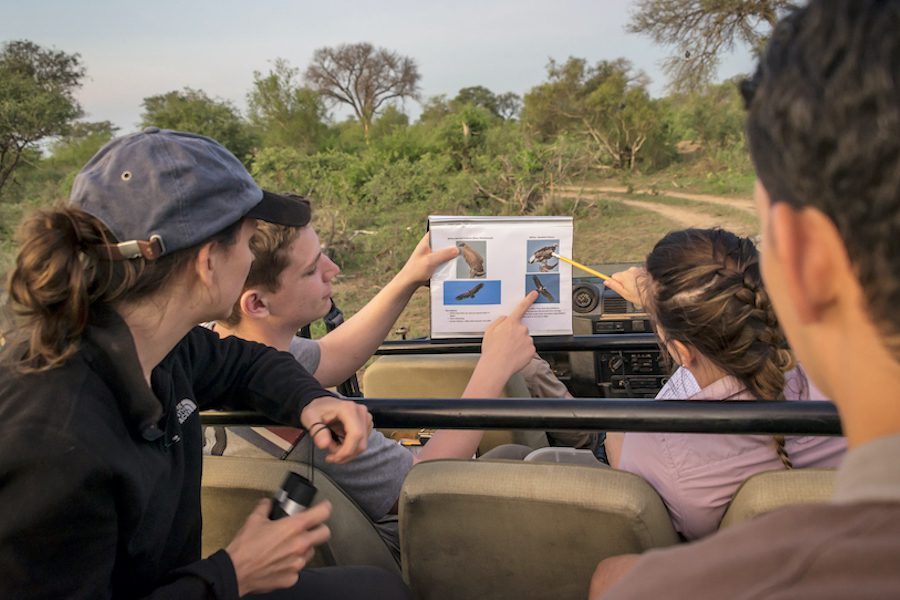
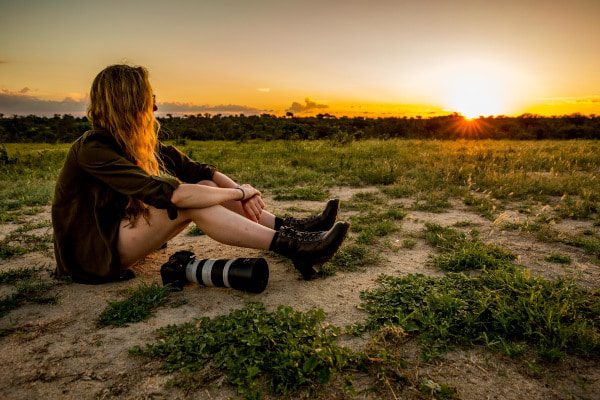
So how is data collected?
“Everyone can contribute something to protect our animals by treating our nature with care and caution.”
Interested in Wildlife Photography?
If you are passionate about wildlife conservation and wanting to further your skills as a wildlife photography, our Wildlife Photography & Conservation project in the Greater Kruger Area is the ultimate experience. Check out the video below so find out what to expect as a photography volunteer!
Don’t forget, we have an amazing 15% discount on this project if you book before the end of April 2022!
